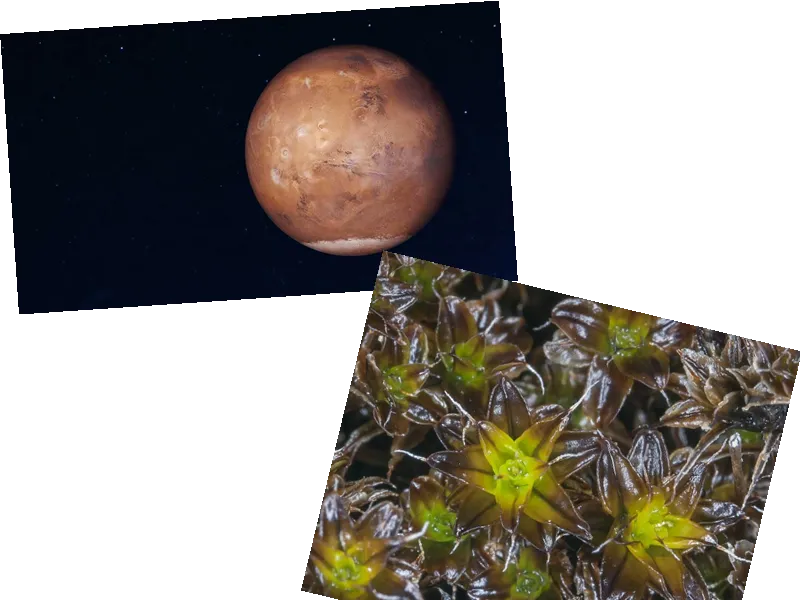Desert Moss Syntrichia Caninervis: A Potential Pioneer for Mars
The hardy desert moss Syntrichia Caninervis has shown remarkable resilience under extreme conditions, making it a promising candidate for Mars colonization. Researchers from the Chinese Academy of Sciences have conducted extensive tests, demonstrating that this moss can survive and regenerate after exposure to extreme cold, high doses of radiation, and simulated Martian conditions.
Surviving Extreme Conditions
In a study published in the journal The Innovation, the research team exposed the moss to temperatures as low as -80 degrees Celsius for up to five years and -196 degrees Celsius for up to 30 days. Remarkably, the moss regenerated completely after thawing. Additionally, the moss exhibited impressive resistance to gamma radiation, with doses up to 500 Gy promoting its growth. In comparison, humans can suffer severe effects from just 50 Gy.
Simulating Martian Environment
The researchers also tested the moss in conditions that mimic the Martian environment. Using the Planetary Atmospheres Simulation Facility, they subjected the moss to 95% CO2 atmosphere, temperatures ranging from -60 to +20 degrees Celsius, high UV radiation, and low atmospheric pressure. The results were promising: dehydrated moss plants fully recovered within 30 days, demonstrating their potential to thrive on Mars.
Implications for Mars Colonization
While Syntrichia Caninervis is not intended for consumption, its ability to photosynthesize and produce oxygen could be crucial for creating biologically sustainable human habitats on Mars. The moss could serve as a pioneer plant, laying the foundation for a new food chain and enabling the cultivation of other plant species on Martian soil. This research marks a significant step towards the possibility of human colonization of Mars.
- The resilience of Syntrichia Caninervis was highlighted by its ability to withstand gamma radiation doses that are lethal to most organisms. The moss thrived at doses up to 500 Gy, far exceeding the tolerance of even the most stress-resistant microorganisms and tardigrades.
- The study's findings suggest that Syntrichia Caninervis could play a vital role in future Mars missions. By establishing a biological foothold, this moss could help create a more hospitable environment for humans and other plant species, facilitating long-term habitation on the Red Planet.






